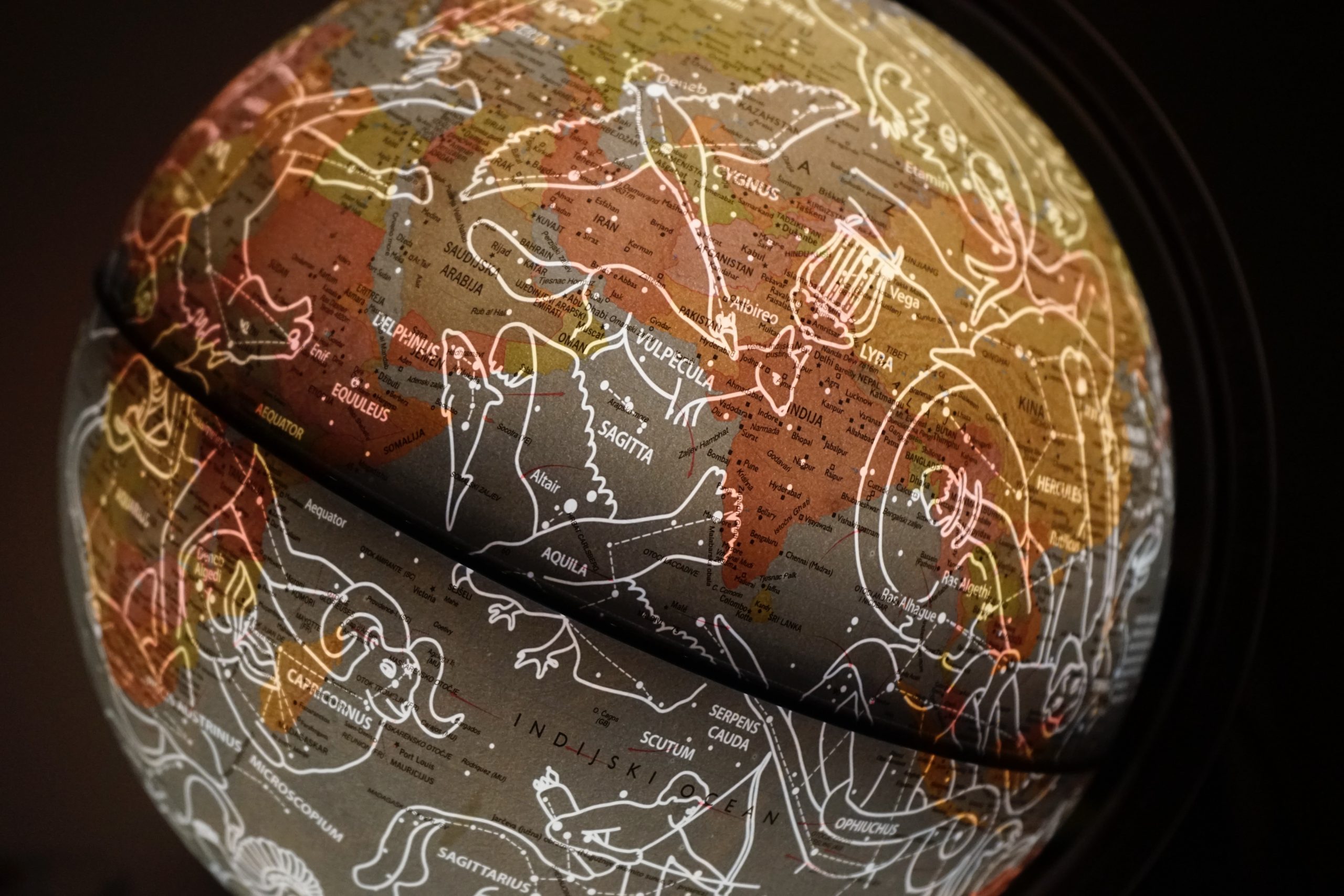Waning Gibbous Moon Phase Definition: Understanding the Lunar Cycle
Have you ever looked up at the night sky and marveled at the beauty of the moon? Its ever-changing shape and luminosity have captivated humans for centuries. The moon, our closest celestial neighbor, goes through different phases, each with its own distinct appearance and significance. In this blog post, we will delve into the waning gibbous moon phase, exploring its definition, characteristics, and the science behind it.
The Basics: What is the Moon’s Phases?
Before we delve into the specifics of the waning gibbous moon phase, it is essential to have a basic understanding of the moon’s phases and how they occur. The moon’s phases refer to the eight distinct stages through which the moon appears to go during its 29.5-day lunar cycle.
To grasp these phases, it is crucial to know that the moon does not emit its light but rather reflects the sun’s light. As the moon orbits the Earth, different amounts of sunlight reflect off its surface, resulting in various moon phases visible to us on Earth.
Now let’s take a closer look at the waning gibbous moon phase.
Definition of Waning Gibbous Moon Phase
The waning gibbous moon phase occurs in the second half of the moon’s 29.5-day lunar cycle, precisely following the full moon phase. During this phase, the moon begins to decrease in illumination, transitioning towards the last quarter moon phase.
The term “waning” refers to the diminishing or decreasing illumination of the moon, while “gibbous” describes the particular shape of the moon during this phase.
When observing a waning gibbous moon, it appears as a large, slightly illuminated disc with a small section missing on the right side (in the Northern Hemisphere) or left side (in the Southern Hemisphere). This shape is a result of the moon being more than halfway through its cycle but still remaining illuminated.
The Characteristics of the Waning Gibbous Moon
To better understand the waning gibbous moon, let’s explore its distinct characteristics:
| Characteristics | Description |
|---|---|
| Shape | The waning gibbous moon appears as a large, slightly illuminated disc with a small section missing on the right side (in the Northern Hemisphere) or left side (in the Southern Hemisphere). |
| Illumination | During this phase, the moon is more than halfway through its lunar cycle but still retains a significant amount of illumination. However, the illumination gradually decreases as it progresses towards the last quarter moon phase. |
| Visibility | The waning gibbous moon is visible in the late evening to early morning hours, as it rises in the east after sunset and sets in the west before sunrise. |
| Duration | The waning gibbous phase lasts for approximately one week, culminating in the last quarter moon phase. |
| Location in the Lunar Cycle | The waning gibbous moon occurs after the full moon phase and is followed by the last quarter moon phase. |
The Science behind the Waning Gibbous Moon Phase
The waning gibbous moon phase occurs due to the positional relationship between the Earth, the moon, and the sun during the moon’s lunar cycle.
During the first half of the lunar cycle, known as the waxing phase, the moon progresses from the new moon to the full moon. As the moon orbits the Earth, we observe its illumination gradually increasing.
After reaching the full moon phase, the moon enters the second half of its lunar cycle, known as the waning phase. During this phase, the moon’s illumination decreases as it moves away from the full moon and closer to the last quarter moon.
The waning gibbous moon phase specifically occurs when the moon is positioned at an angle of 225 to 270 degrees from the perspective of an observer on Earth.
From an astronomical standpoint, the waning gibbous moon phase signifies the transition from the peak brightness of the full moon to the decreasing illumination of the last quarter moon.
Significance of the Waning Gibbous Moon Phase
The waning gibbous moon phase holds various cultural, spiritual, and practical significance:
- Cultural and spiritual significance: In many cultures, the moon holds symbolic importance. The waning gibbous phase is often associated with reflection, introspection, and release. It is a time for letting go of what no longer serves us and preparing for new beginnings in the next lunar cycle.
- Agricultural practices: The moon’s phases have historically influenced agricultural practices, with the waning gibbous moon phase guiding activities such as pruning, weeding, and harvesting. It is believed that during this phase, plants dedicate energy towards root development.
- Astronomical observations: The waning gibbous moon phase provides astronomers and skywatchers with an excellent opportunity to observe the moon’s surface features and engage in lunar exploration.
In Conclusion
The waning gibbous moon phase, occurring in the second half of the lunar cycle, represents the diminishing illumination of the moon as it moves towards the last quarter phase. Its unique shape and decreasing brightness make it a fascinating celestial phenomenon to observe.
Whether you are a lover of the night sky, an astronomer, or someone seeking deeper spiritual connections, the waning gibbous moon phase offers an opportunity for reflection, letting go, and preparing for new beginnings.
So, the next time you gaze up at the moon and notice its decreasing illumination, remember the beauty and significance of the waning gibbous phase in the ongoing dance between Earth, the moon, and the sun.
Table of Contents
